This month, the beloved 99 Cents Only Stores announced a wave of closures across California, Nevada, Texas, and Arizona, totaling 371.
With 265 stores closing in California alone, the impact is substantial for communities that have depended on these outlets for budget-friendly finds.
A California Institution Says Goodbye
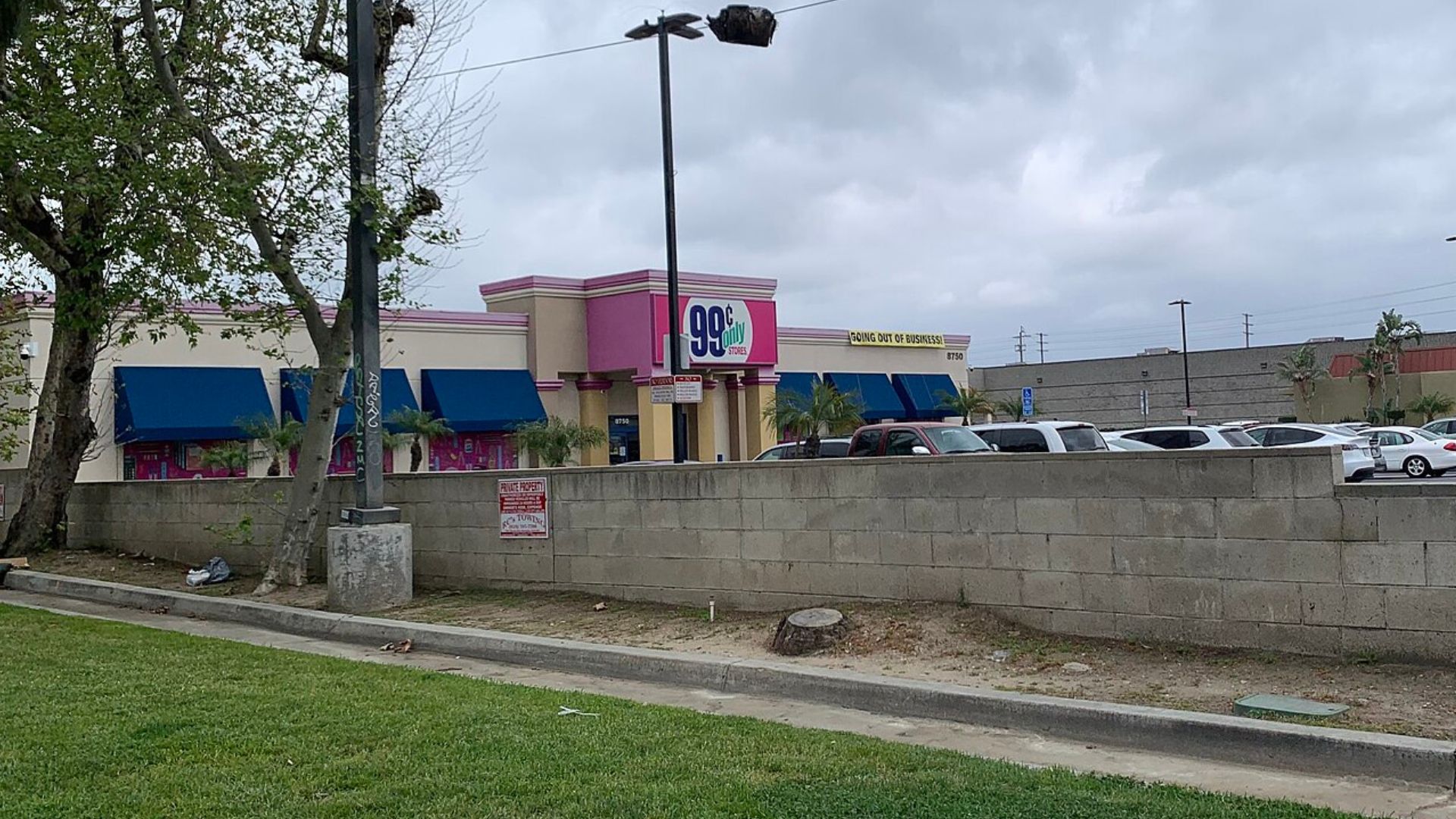
Since their establishment in 1982, 99 Cents Only Stores have become a fixture in California’s retail scene.
The closure of many original locations represents more than a business decision; it signifies a significant disruption for the locals. At the core of this impactful decision is the company’s headquarters in Commerce, California.
Economic Policies Under Fire
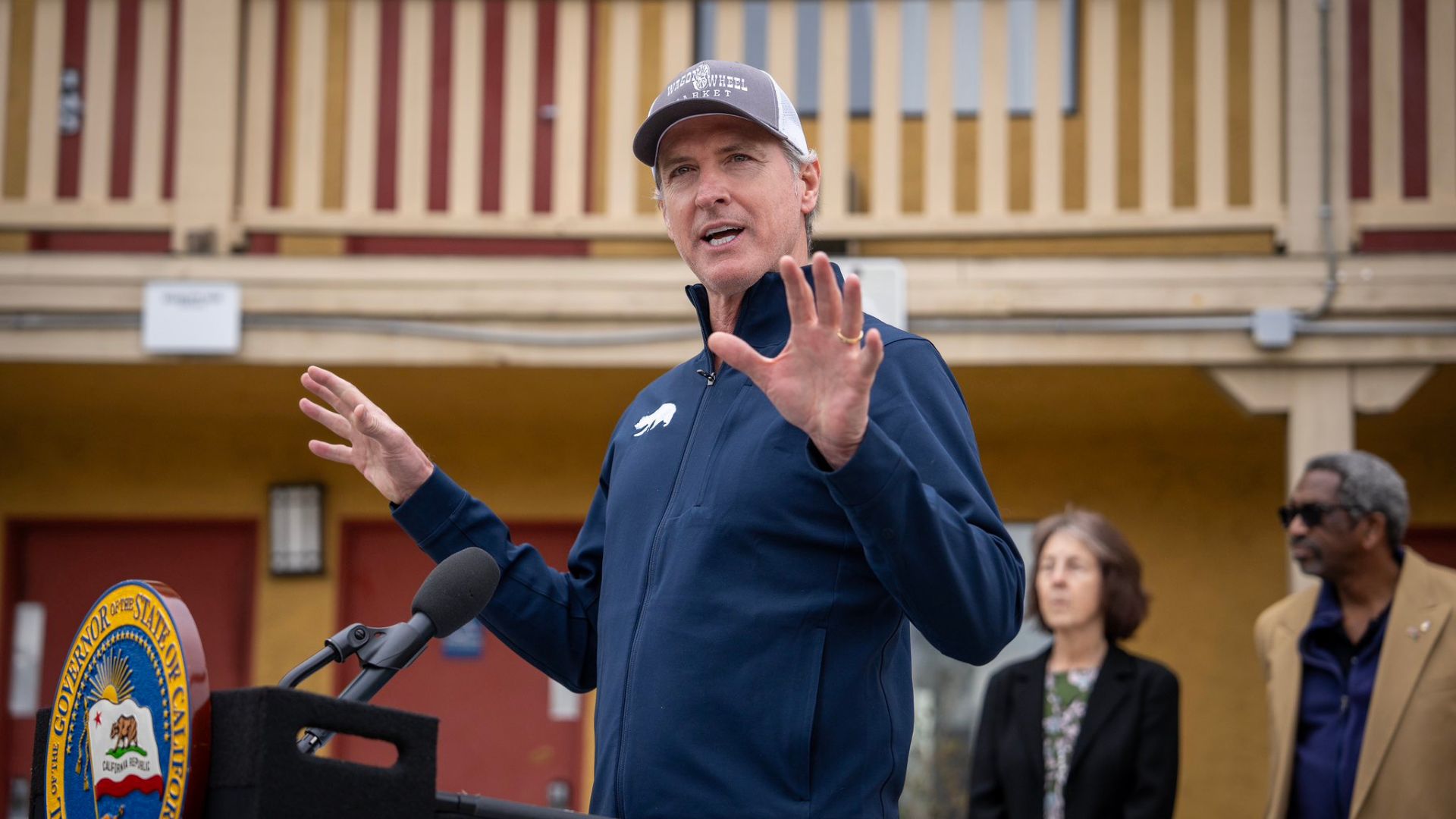
Following the store closures, customer frustration is mounting.
Rick Juarez, a loyal customer for more than two decades, expressed his discontent to the Los Angeles Times: “I blame [Gavin] Newsom. Too many taxes, too high the minimum wage. These companies just can’t compete, and so they have to close. And it’s poor people like us who end up suffering.”
More Than Just a Store to Many
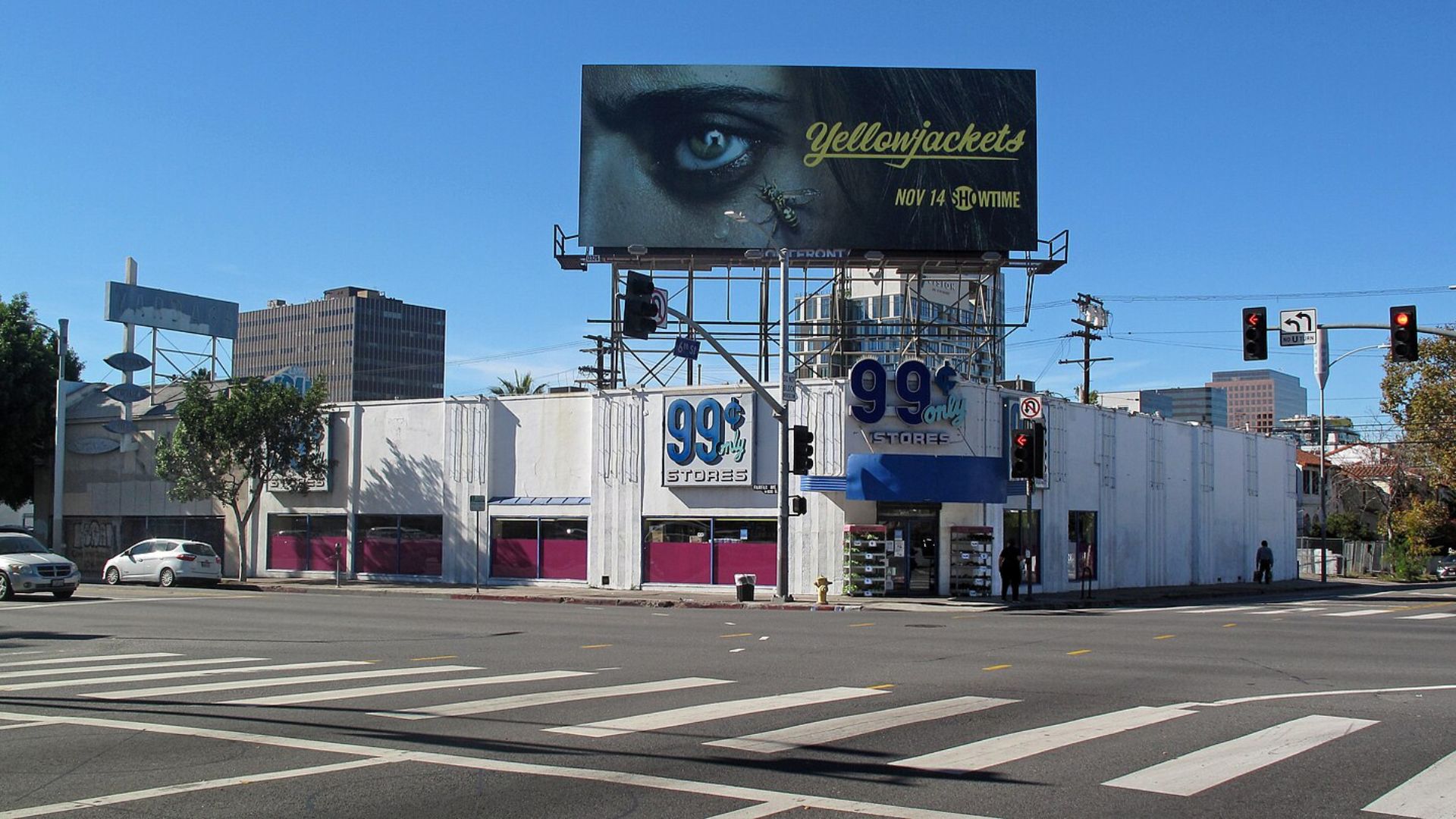
For longtime patrons like Juarez, the Main Street store has been more than a shopping destination; it has been part of his routine for 20 years.
With the closures approaching, he is stocking up on essentials like batteries, aware that soon, such simple conveniences will be a thing of the past.
Clearance Sales Attract Crowds
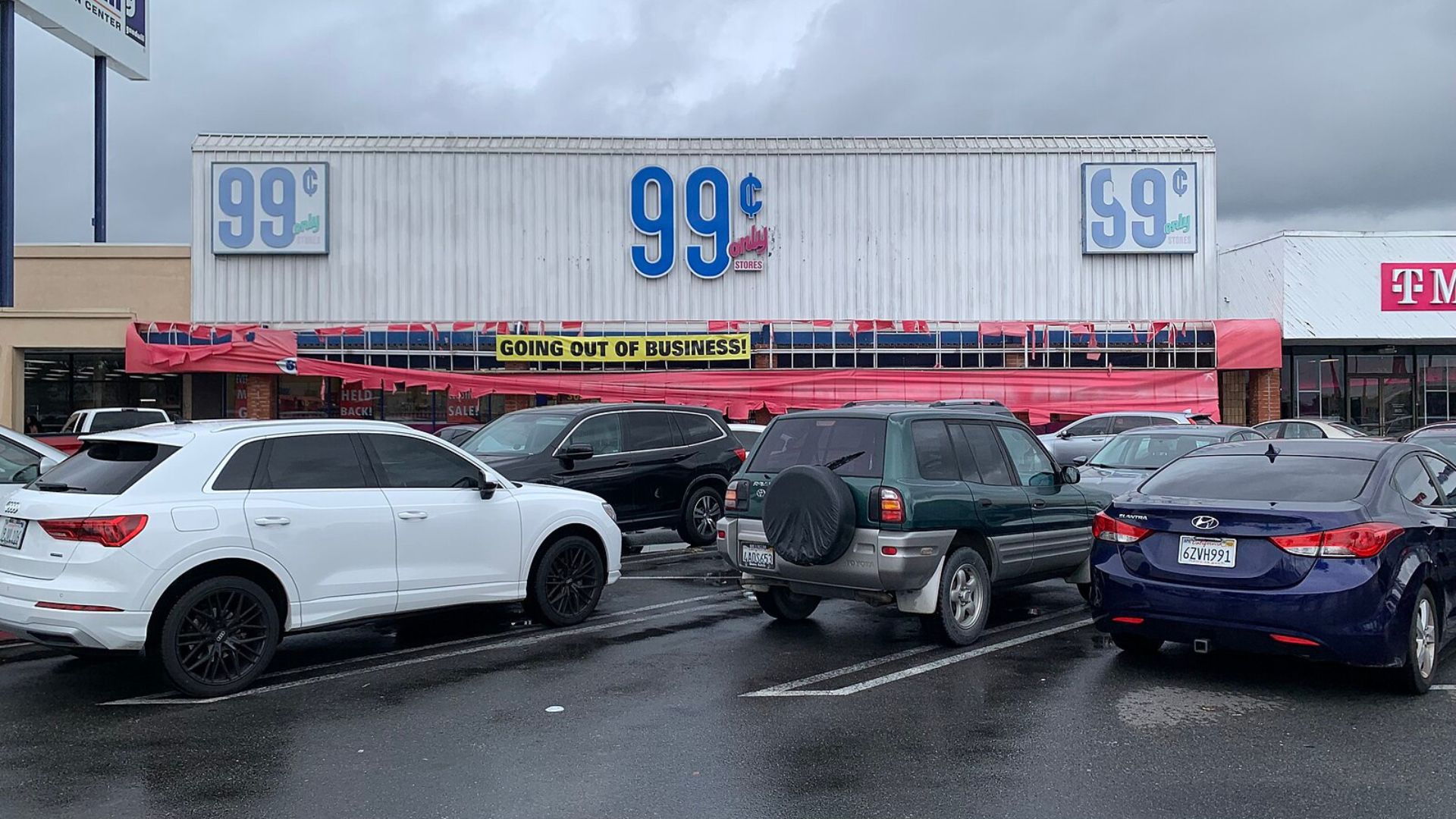
News of the store closures has sparked a flurry of “everything must go” sales.
Fox News reports that crowds are converging in large numbers to take advantage of the final days at their cherished discount stores, searching for deals on a wide array of items.
The Necessity of Affordable Options
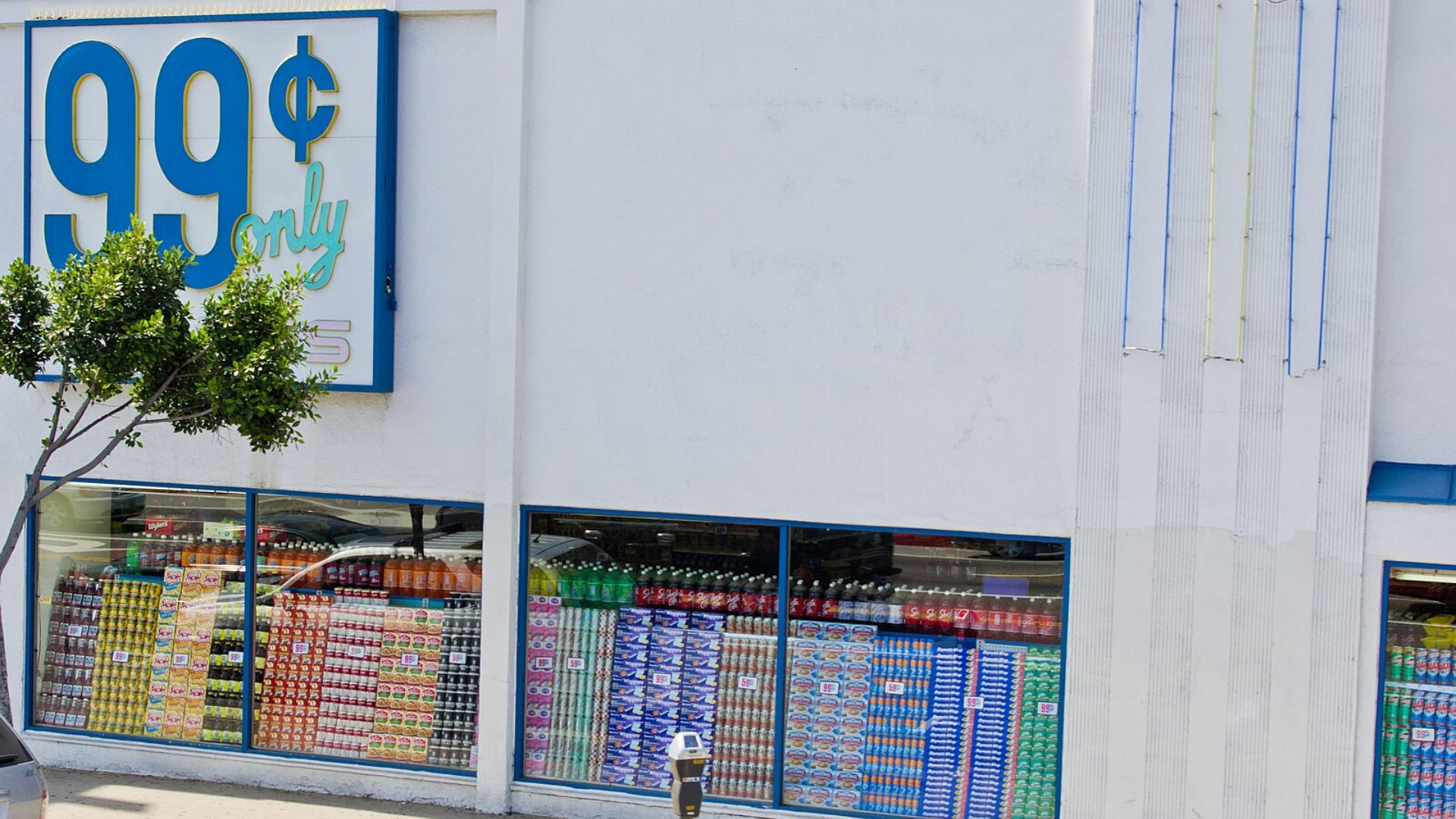
Altagracia Nuñez shared with the Los Angeles Times how the store played a crucial role in managing her family’s budget, allowing her to purchase everything from toys for her children to household groceries.
With the stores closing, many like her who are financially constrained face new challenges.
A Vital Resource for the Community
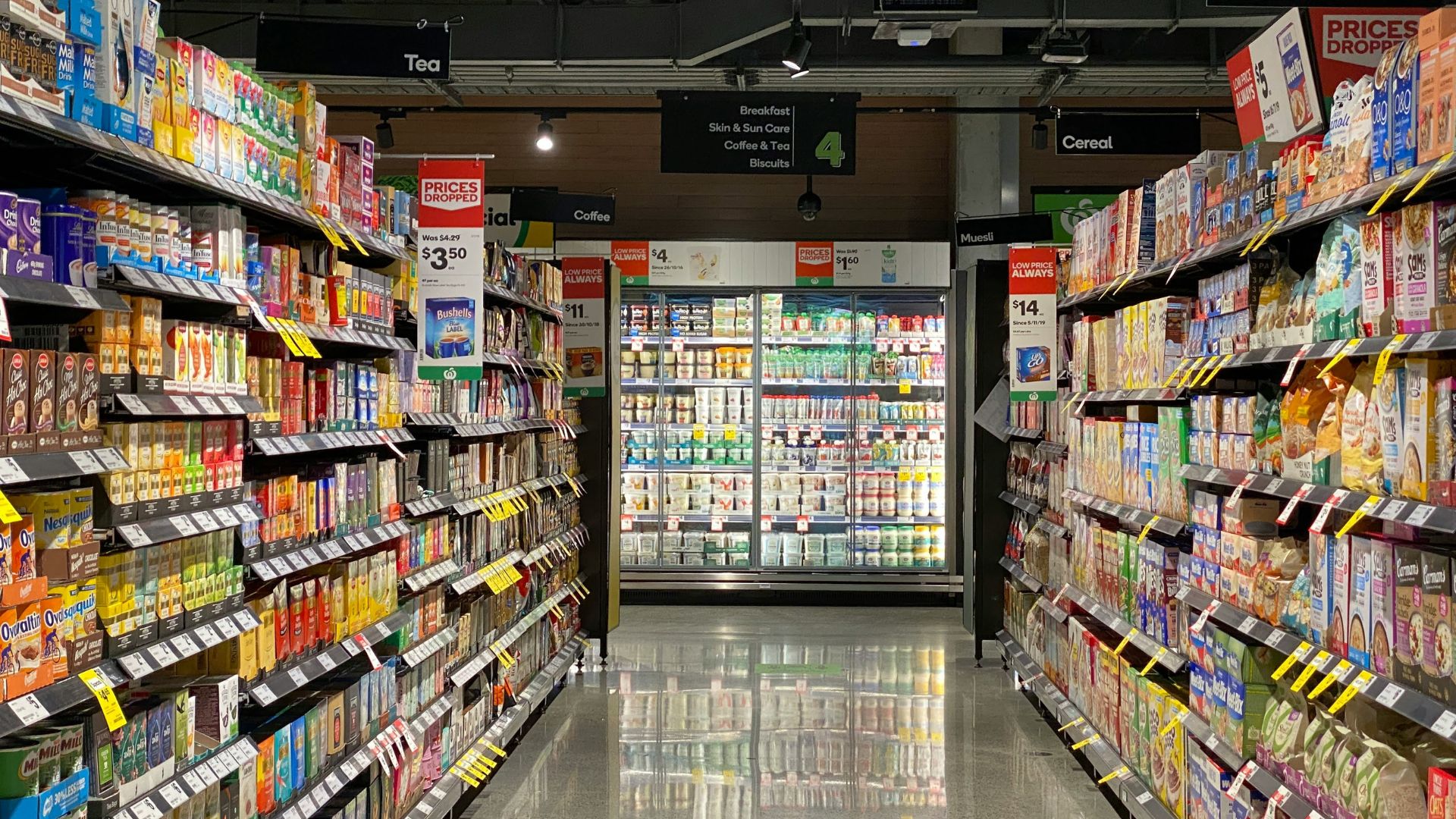
In his interview with the Los Angeles Times, delivery driver Victor Barrios relayed a widespread concern.
He said, “This needs to stay open. I make OK money, and buying here helps me. But imagine if you’re on WIC? If you’re on Social Security? You need a place like this. Are people now supposed to go to Ralphs? Or Target? With what money?”
CEO Addresses the Closures
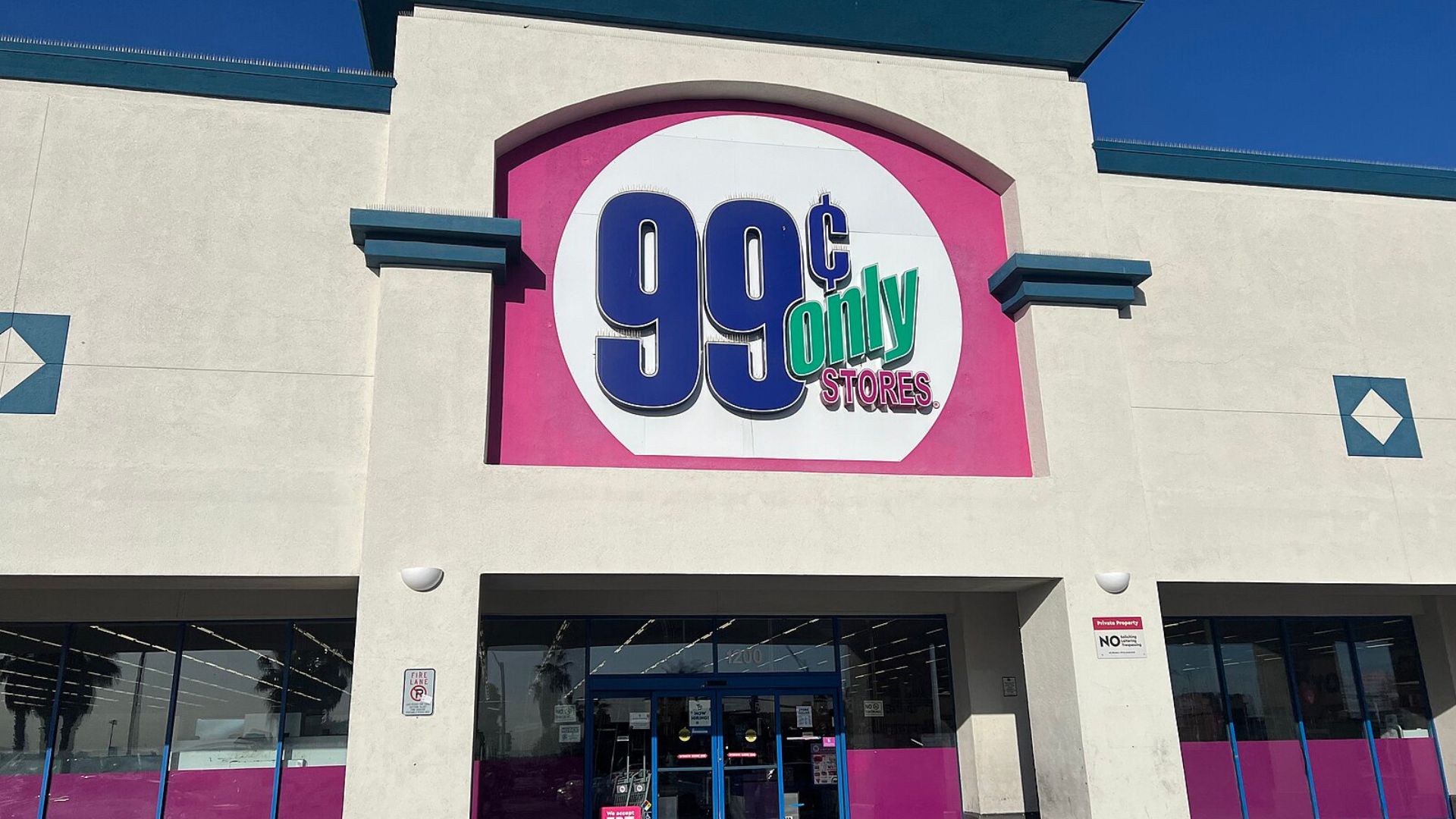
Interim CEO Mike Simoncic addressed the closures, acknowledging, “This was an extremely difficult decision and is not the outcome we expected or hoped to achieve.”
He pointed out that evolving economic and retail challenges necessitated a comprehensive reevaluation of their strategy.
No Stone Left Unturned
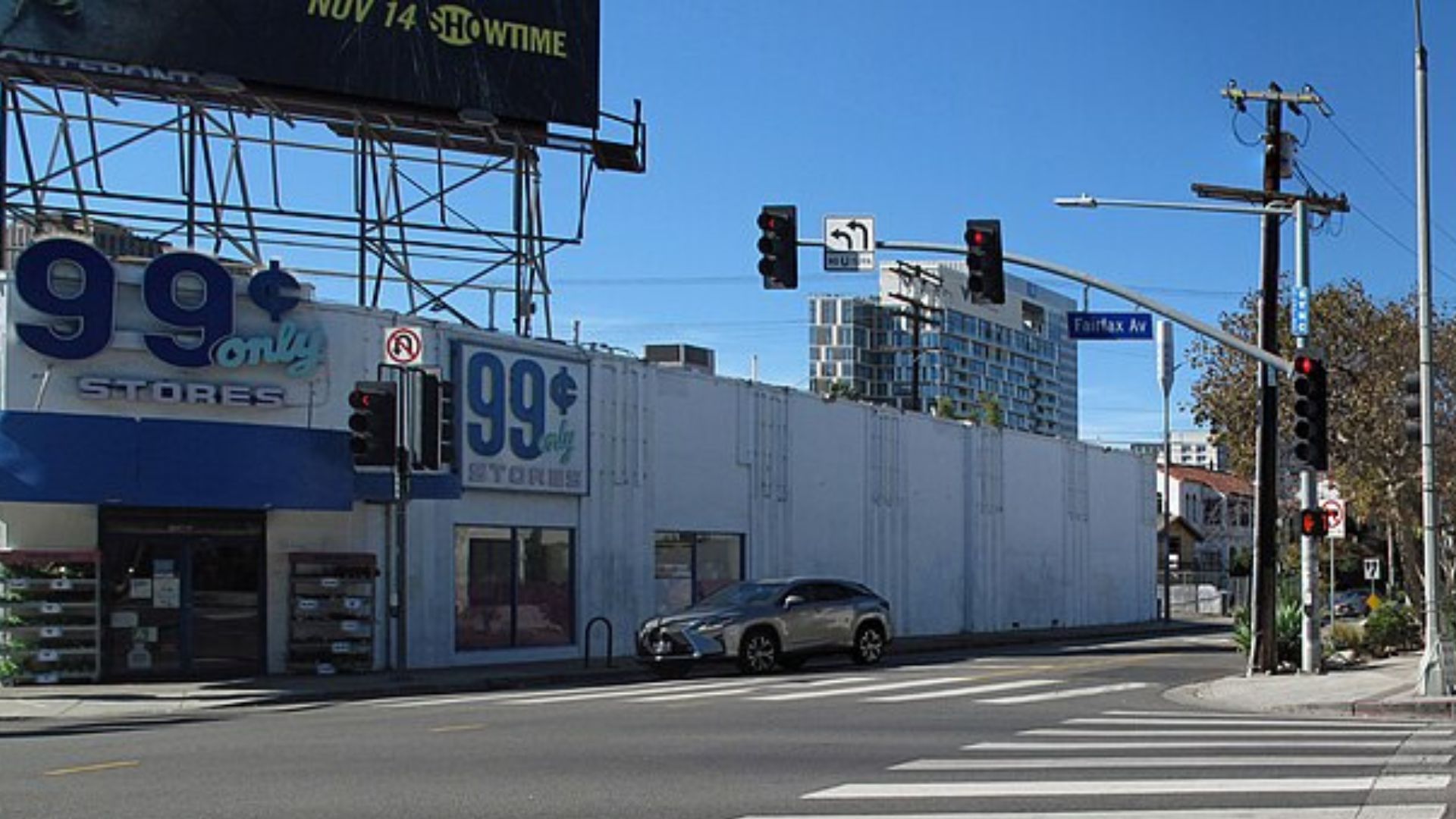
The company dedicated months to exploring every conceivable alternative to stave off closures.
Despite exhaustive efforts, they found no viable solutions, leading to the strategic decision to orderly wind down operations to maximize asset value.
A Confluence of Challenges

Simoncic explained that the company faced numerous obstacles, including the severe impacts of the COVID-19 pandemic, relentless inflation, and shifts in consumer preferences.
These challenges collectively have compromised the financial stability and operational capabilities of the stores.
A Specific Farewell

The Los Angeles Times reported that the Main Street location is scheduled to close in June, although a firm timeline for all locations remains unspecified.
This store is particularly significant as it has been a key shopping venue for the community for many years.
Looking Ahead Amid Uncertainty
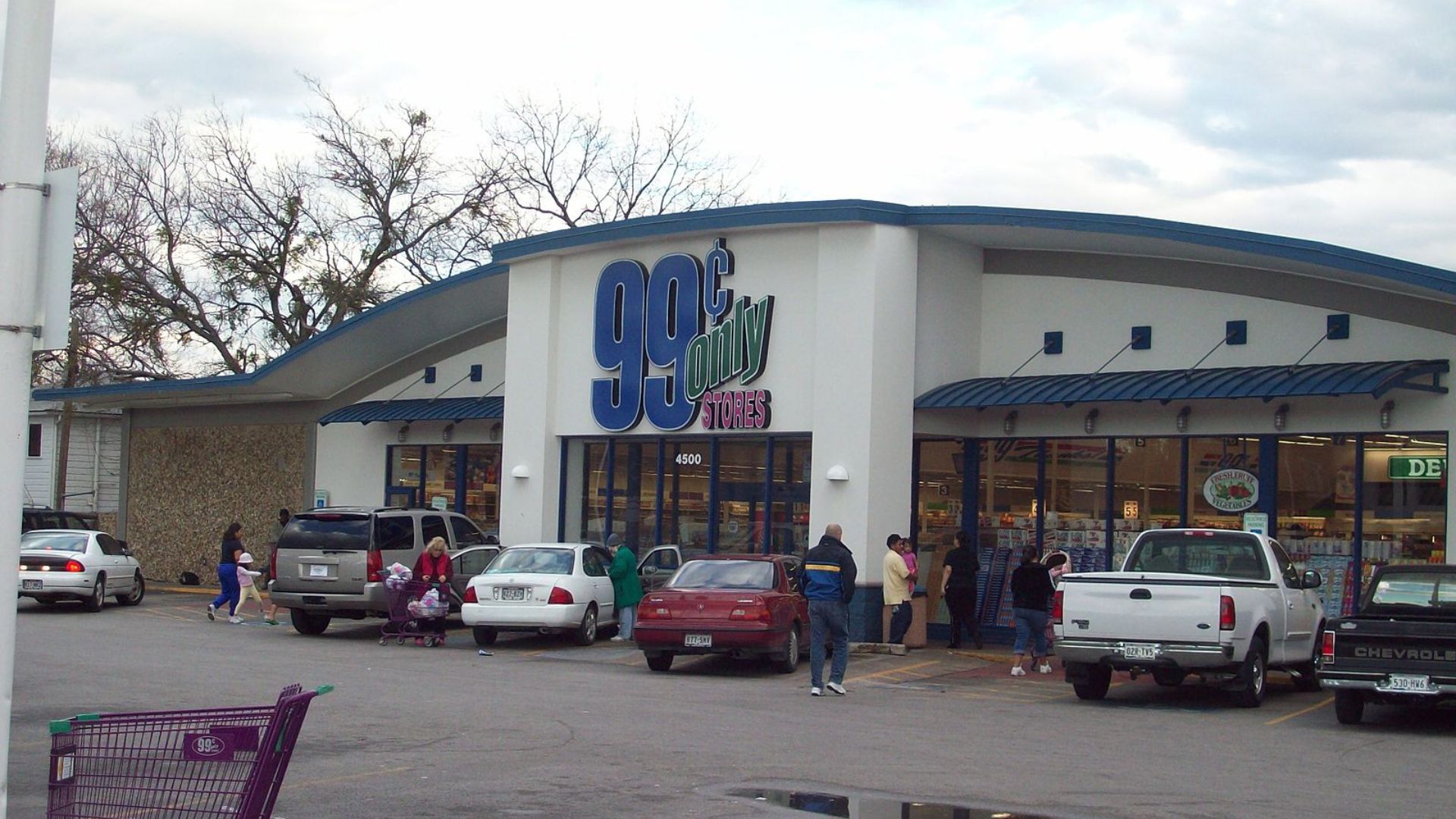
With the impending closures of 99 Cents Only Stores, many consumers are left speculating about future shopping destinations for affordable items.
The disappearance of these stores indicates a significant shift in the retail landscape, compelling those who relied on them to reconsider their future shopping strategies.
Impact on Employment

The shuttering of 99 Cents Only Stores will result in significant job losses, affecting hundreds of employees across California.
As these workers face uncertainty, the loss of a stable income is a harsh reality for many families. Local communities and former employees are concerned about the ripple effects on local economies, with increased unemployment rates likely in the affected areas (via CBS News).
Community Responses and Initiatives

In response to the closures, community groups and local governments are initiating support programs to help displaced workers. Job fairs and retraining programs are being planned to assist those affected, according to Los Angeles Mayor Karen Bass (via KABC 7).
These efforts highlight the community’s resilience and commitment to supporting one another during economic hardships.
Analysis of Economic Policies and Local Governance

Critics argue that California’s economic policies, including high taxes and a rising minimum wage, have contributed to the retail sector’s struggles (via The Hill).
Economic experts suggest that these policies, while intending to offer greater protections for workers, might also impose financial burdens on businesses, making operations unsustainable in challenging economic times.
Comparison with Other States
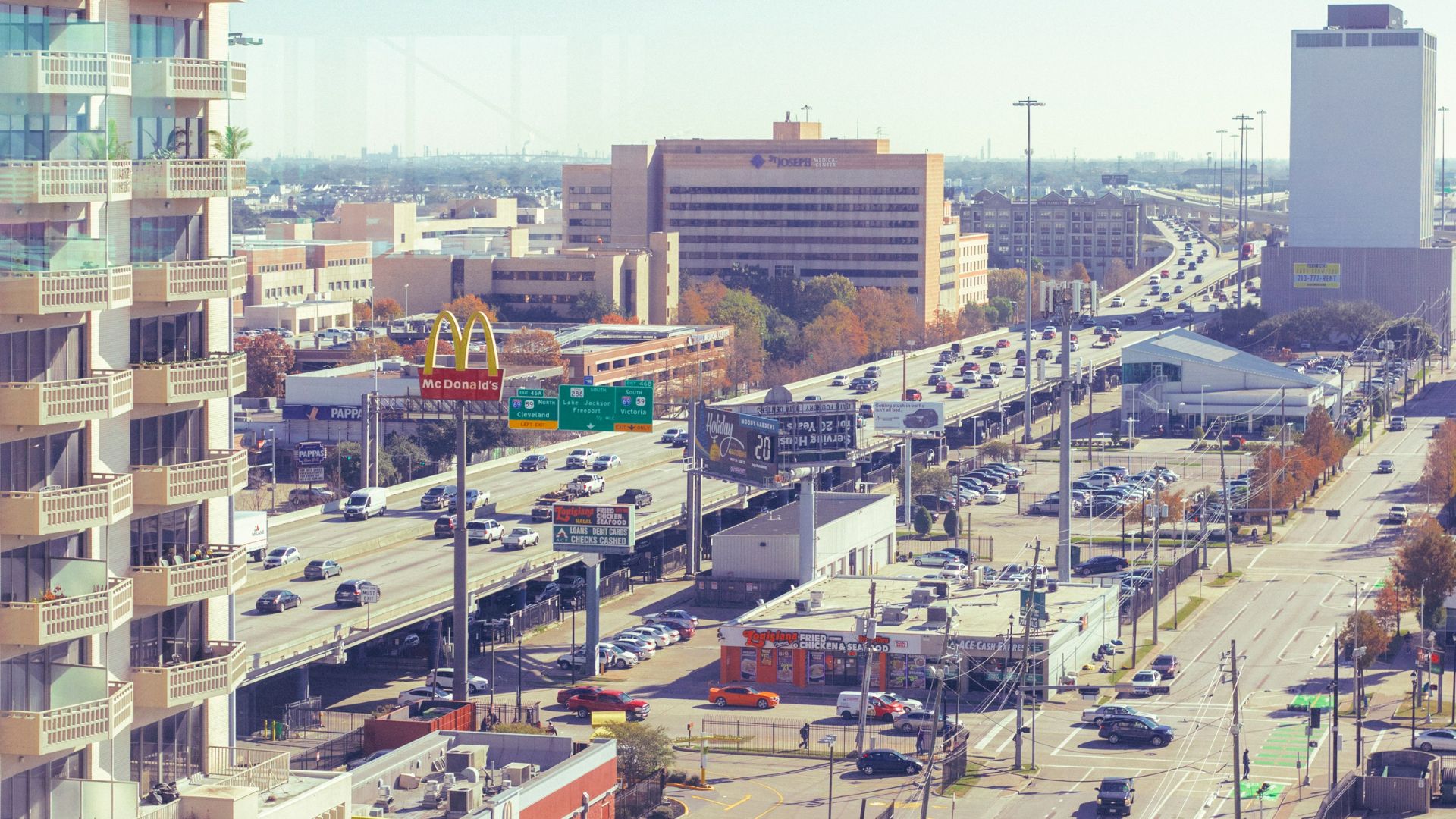
Unlike California, Texas and Arizona have different economic policies that may impact the retail environment differently (via Stanford University).
This comparative analysis highlights how local governance can influence business operations. While California faces criticism, it’s crucial to examine if similar closures in other states provoke comparable reactions against local leadership.
Historical Context of Retail in California

California’s retail landscape has faced multiple challenges over the years, from inflation and economic recessions to shifting consumer behaviors. This one, however, is “scary,” according to Sacramento State finance professor Dr. Sanjay Varshney.
“Given that the cost of living in California already is very high,” Varshney told CBS News. “If these stores shut down in the very neighborhoods where they were very popular at one time, it is going to have a major impact on those neighborhoods.”
Alternative Shopping Options

With the closure of 99 Cents Only Stores, consumers are turning to other discount retailers like Dollar Tree and local thrift stores.
These alternatives may help fill the void left by 99 Cents Only, offering similar price points. However, the geographical spread and product availability might not match the convenience that 99 Cents Only provided.
Consumer Adaptation Strategies
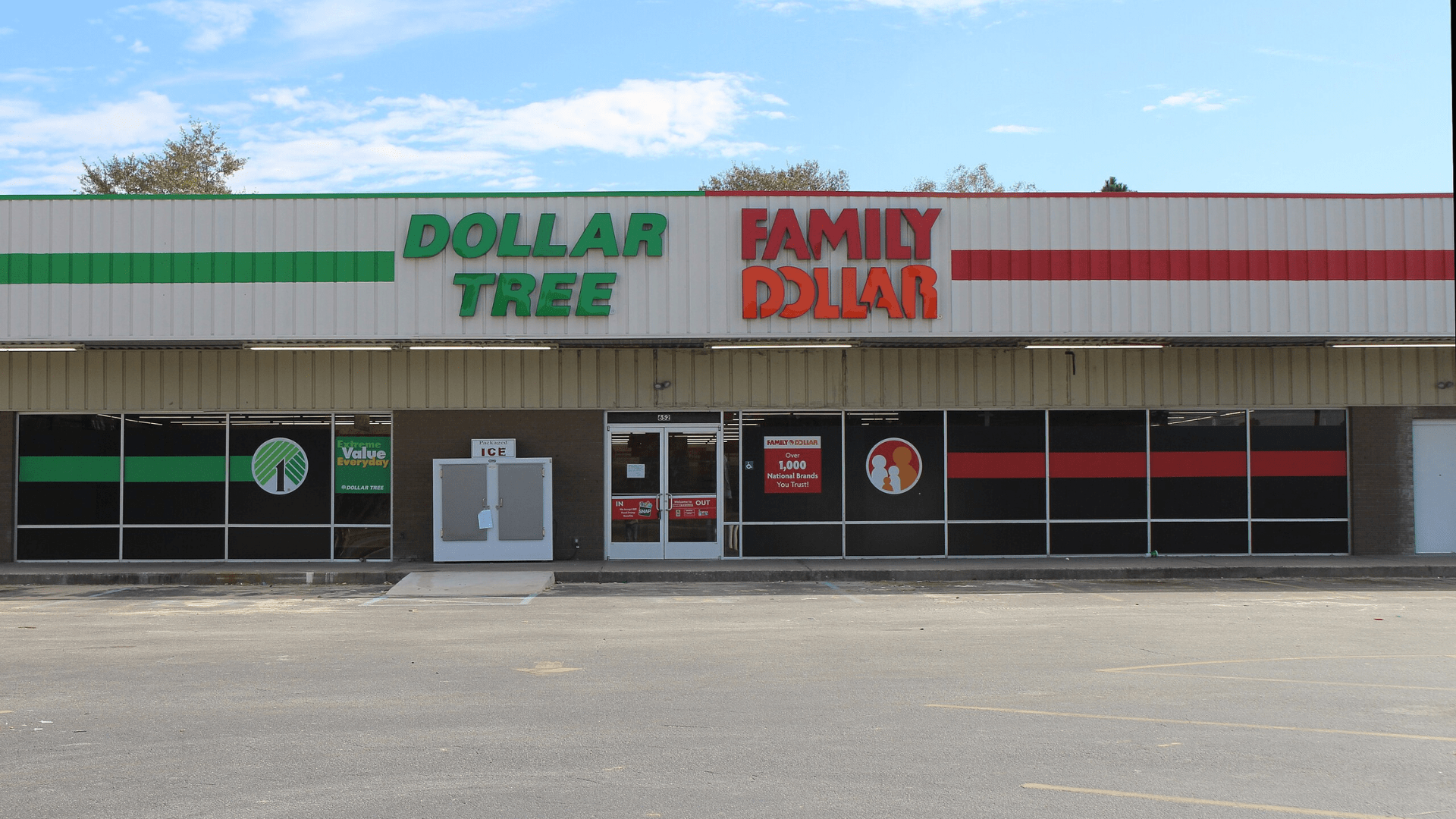
Even prior to the closures, shoppers have been adapting to rising costs by exploring online discount retailers and joining community exchange groups to stretch their dollars further (via Fox Business).
Planning purchases more carefully and prioritizing essentials have become more prevalent as consumers adjust to fewer physical discount store options.
Economic Ripple Effects

The closures of 99 Cents Only Stores are expected to affect not just the direct employees but also local suppliers and small businesses that relied on these stores for customer traffic.
The economic impact could extend to increased vacancy rates in shopping centers, potentially leading to a downturn in local retail spaces.
Public Perception of Governor Newsom’s Policies
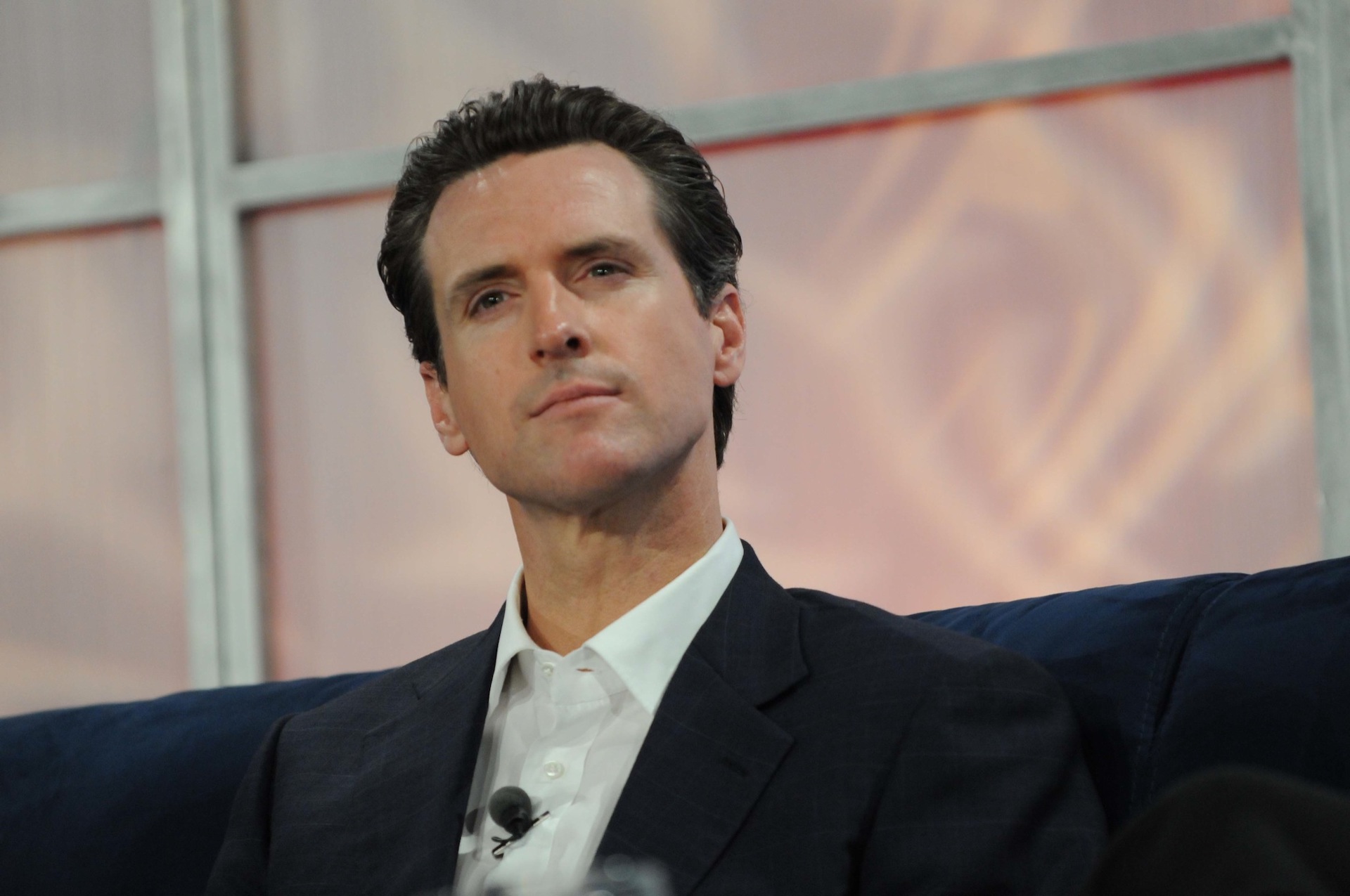
While some Californians blame Governor Newsom for the economic conditions leading to these closures, others defend his policies as efforts to enhance worker welfare and public services.
This division shows the complex dynamics at play in assessing the impacts of state governance on local businesses and communities.
Voices from the Community
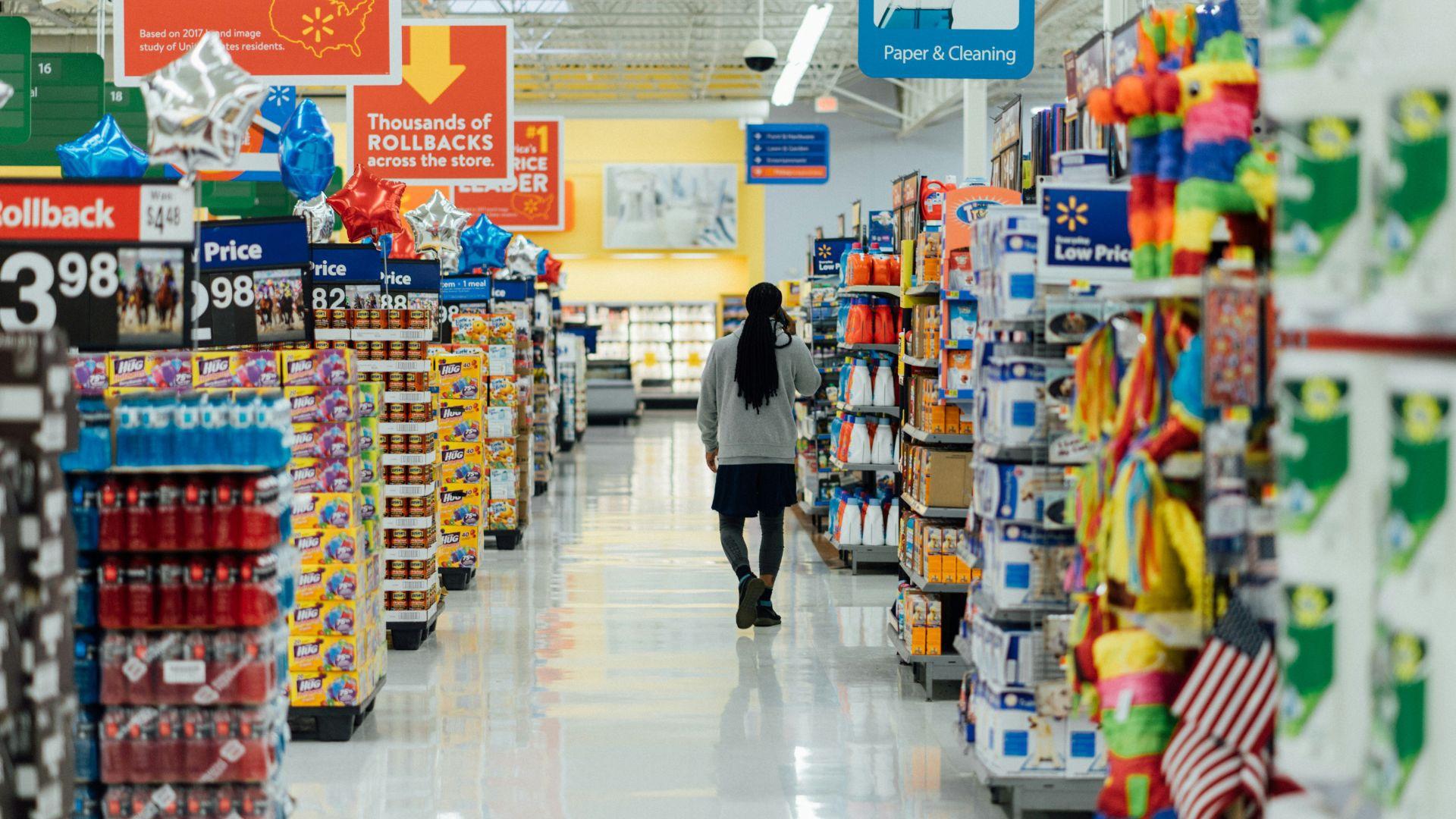
As mentioned, 99 Cents Only was more than just a store for some. It was where communities of shoppers could manage their budgets effectively.
The closures have sparked a strong emotional response, highlighting the store’s role as a community staple and a crucial part of daily life for many.
Future of Discount Retail
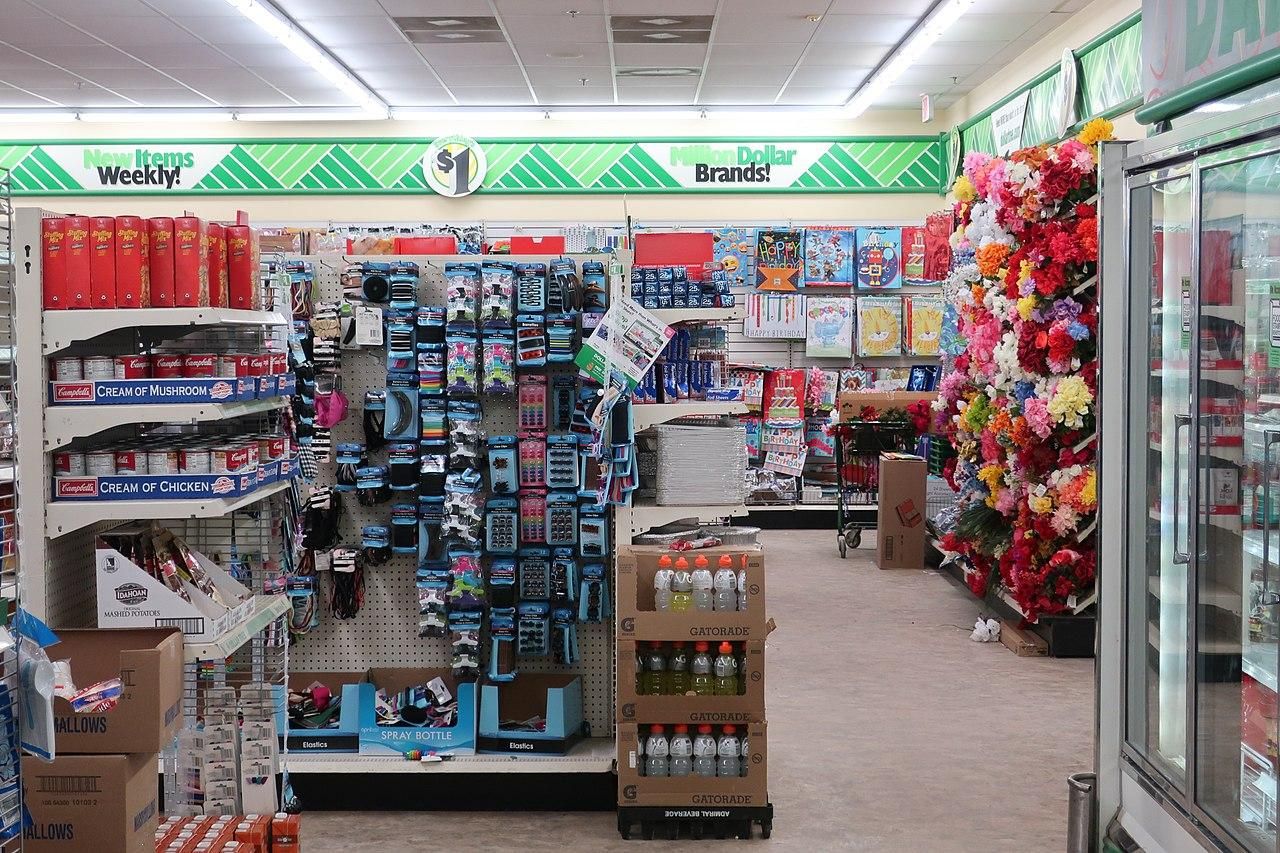
Experts predict that the discount retail sector will continue to evolve, with a potential increase in online discount shopping and new discount chains emerging.
The market is adapting, potentially leading to innovative retail models that could potentially fill the gaps left by traditional stores like 99 Cents Only.
Reflections and Moving Forward

As communities reflect on the closures of 99 Cents Only Stores, there is a call to action for both consumers and policymakers to address the underlying economic challenges.
Strengthening local economies and creating more resilient retail environments are crucial steps to prevent similar situations in the future.
